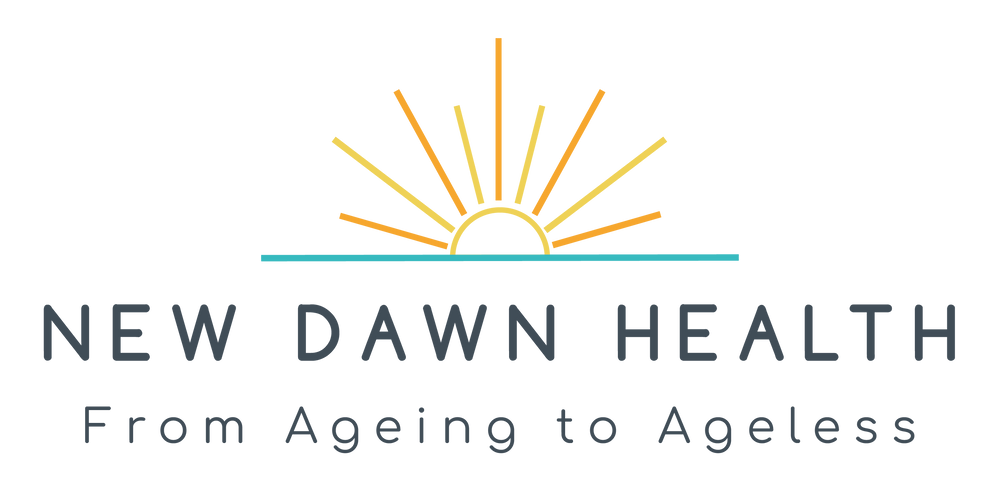A baby’s first exposure to microbes is through the vaginal canal. As the baby moves down through the birth canal, it gets covered in its mother’s microbial secretions and also swallows some of the microbe-rich vaginal mucus. Also, breast milk is full of healthy bacteria, prebiotics (food for the microorganisms) and of course colostrum, a nutrient-dense, antibody-rich, immune-supportive first milk.
Our mother’s genetics, the food she ate, her lifestyle (e.g. smoking or alcohol consumption), her medication use, antibiotic use and any infections she had, all contribute to the microorganisms passed onto her baby.
Our microbiome is established within the first 6 months of life. After the second year of life, the resident microbial species becomes relatively stable.
Early exposure to bacteria in our environment helps our immune systems to develop. The microbiome literally shows and teaches the developing immune system what it has to face and deal with. A healthy, microbiome is crucial for the maturation of a baby’s developing immune system.
Less exposure through sterile wipes, hand sanitisers and harsh cleaning chemicals reduces our exposure to germs. Long term, this can leave us more exposed to infection or allergies because we lose that early exposure which we need while our immune systems are developing.
As adults, we host 100 trillion microbes in our gut, between 3-6lbs in weight! We have ten times the number of bacterial cells compared to our own cells and 100 times the number of microbial genes than our own genes.
The microbiome houses 40,000 different species of bacteria; 5 million species of fungi and 30,000 species of parasites – some of them are beneficial, and some are not. Generally speaking, the greater the number of different species we host (called microbial diversity) the healthier we are.
Most microbes in the gut belong to one of four groups or species:
- Firmicutes
- Bacteroidetes
- Actinobacteria or
- Proteobacteria.
As we age, our immunity gets progressively less effective (for several reasons) – so it’s important to focus on helping it work as efficiently as we can. When we nurture and look after our microbiome, it will in return, look after us.
